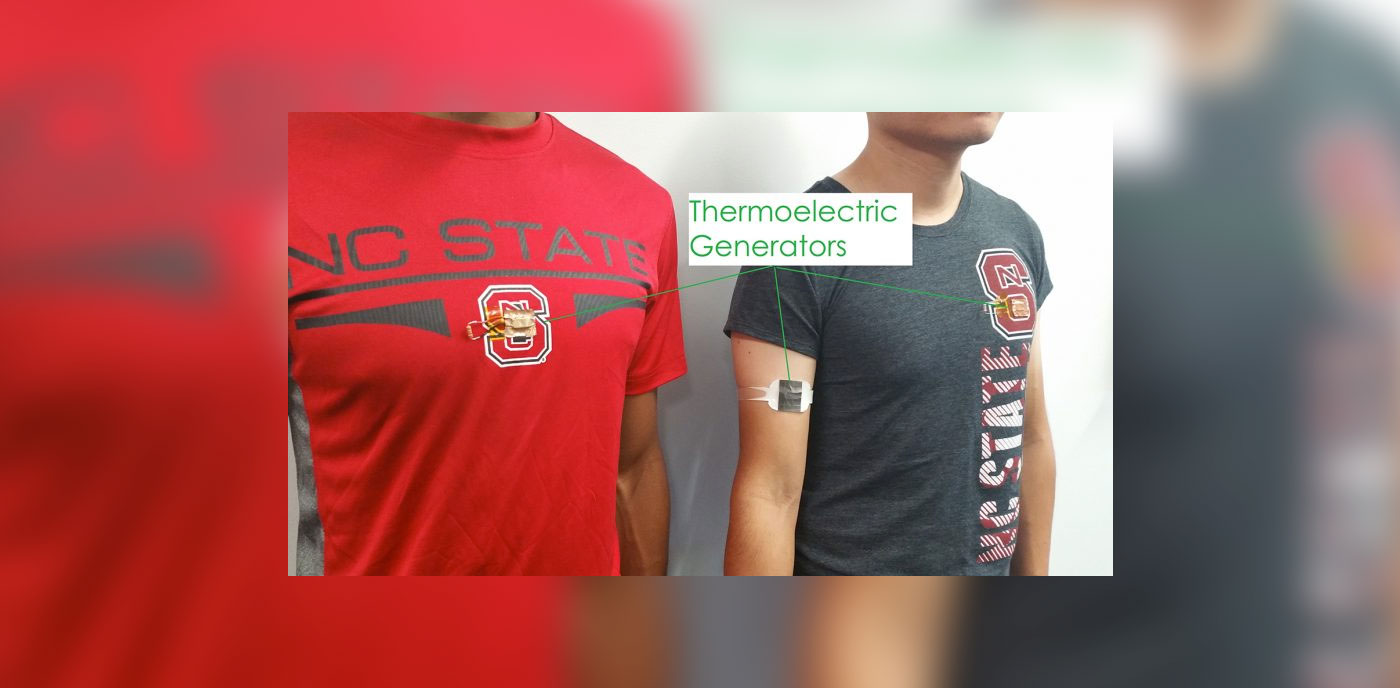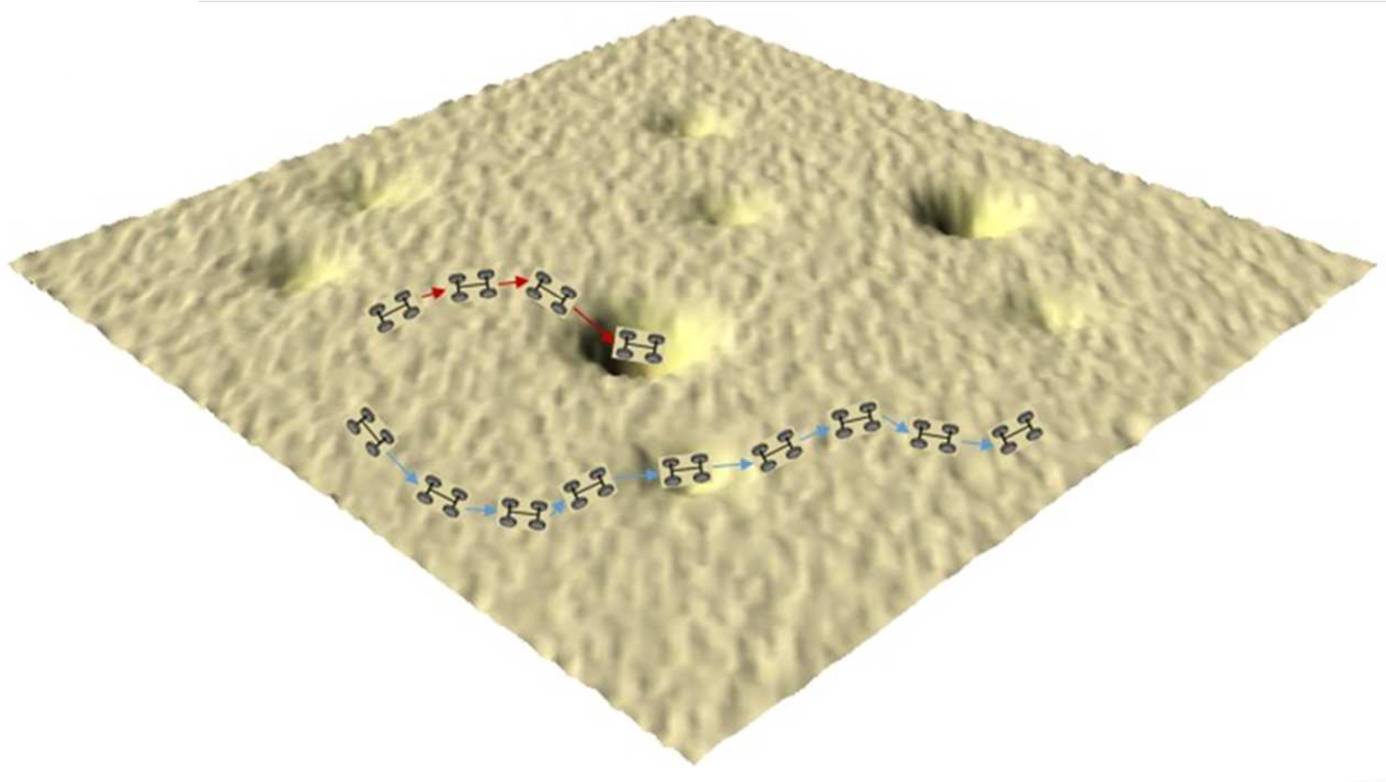
The notion of personalized, contextually aware search is nothing new, but it can put a tremendous strain on servers by asking for a lot of data at once. NC State has developed a search technique that could ease that burden. Its code prioritizes results based solely on the "ambient query context," or the concepts related to a person's recent search history. Look for politicians, for example, and a search for Ford is more likely to bring up Gerald Ford than the car company. By focusing on just a fraction of a user's search habits, the university can customize results using far fewer processor cycles: while a test server could only handle 17 active searchers with an old approach, it can manage 2,900 with the new method. The query engine won't be confined to the lab, either. NC State tells us that a community-driven search beta is due within several months, and there are plans to commercialize the technology in the long run.
Filed under: Internet, Software, Alt
Comments
Source: NC State
 You can't usually spin, stretch and otherwise manipulate virtual objects all that easily. You're often relegated to clicking and dragging on a mouse, and even exotic approaches like HoloLens or VR headsets introduce issues like lag. However, North...
You can't usually spin, stretch and otherwise manipulate virtual objects all that easily. You're often relegated to clicking and dragging on a mouse, and even exotic approaches like HoloLens or VR headsets introduce issues like lag. However, North...
 You can't usually spin, stretch and otherwise manipulate virtual objects all that easily. You're often relegated to clicking and dragging on a mouse, and even exotic approaches like HoloLens or VR headsets introduce issues like lag. However, North...
You can't usually spin, stretch and otherwise manipulate virtual objects all that easily. You're often relegated to clicking and dragging on a mouse, and even exotic approaches like HoloLens or VR headsets introduce issues like lag. However, North...
 Gordon Moore, co-founder of Intel, believed that the number of transistors on an integrated circuit would double every year or two. And, to his credit, that rule pretty much held out between 1965 and 2015, when the laws of physics began to get in the...
Gordon Moore, co-founder of Intel, believed that the number of transistors on an integrated circuit would double every year or two. And, to his credit, that rule pretty much held out between 1965 and 2015, when the laws of physics began to get in the...
 Researchers at NC State think that they have developed a new way to harvest body heat and turn it into electricity. The team has developed a patch that's roughly a centimeter squared, that would attach to a person's bicep. The device would then be ab...
Researchers at NC State think that they have developed a new way to harvest body heat and turn it into electricity. The team has developed a patch that's roughly a centimeter squared, that would attach to a person's bicep. The device would then be ab...
 Nanocars, those molecular-scale vehicles that might one day carry around tiny payloads, have been zipping around in vacuum environments for awhile now. But one breakthrough the nanocar researchers at Rice University have been searching for is the abi...
Nanocars, those molecular-scale vehicles that might one day carry around tiny payloads, have been zipping around in vacuum environments for awhile now. But one breakthrough the nanocar researchers at Rice University have been searching for is the abi...







